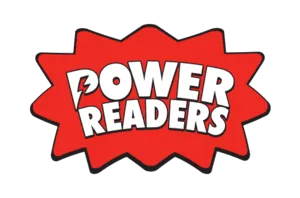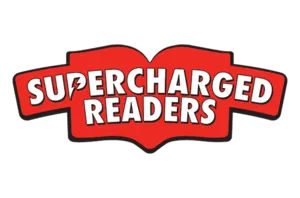The Essential Nature of Decodables in K–3 Reading Instruction

Learning to read is one of the hallmarks of elementary classroom instruction. And a focus on developing strong word recognition skills in early grades is essential for developing skilled readers. This includes developing phonemic awareness and phonics skills as well as building fluency and automaticity in word recognition. There are many components of a strong literacy curriculum that will accomplish this goal. In this blog post, I share about the use of decodable text as one essential piece of literacy instruction in an elementary classroom.
Decodable texts are an instructional tool that provide authentic practice of connecting speech sounds to print in a supportive format. Decodable texts can be books, one-page stories, paragraphs, or sentences. Regardless of the length of text, high-quality decodables include these features:
- Decodable texts are aligned to a Scope and Sequence of phonics skills. This Scope and Sequence builds from simple phonetic patterns to more complex. It provides a systematic way to organize phonics patterns for instruction.
- Decodable texts are controlled to include only phonics patterns students have been directly taught. The Scope and Sequence dictates which patterns will appear in the text. With the exception of a few high-frequency words, students will not encounter spelling patterns they have not been taught. The phonics patterns and the high-frequency words included in the text should be listed somewhere at the beginning or end of the text for educators to reference.
- Decodable texts include many opportunities for students to practice decoding the phonics patterns they are currently working on. This means the text will have a variety of words that include the target phonics skill on every page or within most sentences.
- Decodable texts should not include repetitive sentences or highly supportive picture clues. This will prevent students from memorizing the rhythm of the text and from guessing at words based on the pictures included. Students should be focused on the print, decoding the words in the text accurately.
Decodable texts should be used in the classroom as part of a strong phonics lesson. Here are some tips for incorporating decodables into your instruction.
Before Reading:
- Review the target phonics skill for that text. Students can:
- Read words, phrases, and sentences that include the words they will decode in the text.
- Practice writing words, phrases, and sentences that include words from the text. Dictation activities where students must match print to the speech sounds in words are especially important for creating strong phoneme-grapheme associations.
- Do phoneme-grapheme mapping activities where students “tap” the sounds in a word and then write the letter(s) of each sound.
- Do word-chaining activities where students change one sound in the word at a time. (Example: cat, hat, hot, hit, sit, sip)
- Highlight target phonics words in the decodable, when possible.
- Review the high-frequency words students will encounter in the decodable text. You can use phoneme-grapheme mapping or a heart word routine to highlight the irregularly spelled parts of those high-frequency words.
During Reading:
- Monitor student reading to ensure accuracy. Use prompts like “Say all the sounds in that word” or “Try that word/part again” to prompt students to fix any mistakes.
- Occasionally stop to ask clarifying comprehension questions. The goal of reading decodable text is to practice decoding, but it is also important to model the idea that when we read, we should understand what we are reading.
After Reading:
- Plan for rereadings of the same text to improve automaticity and fluency. If the student read a copy of the text with highlighted words, they could read an unhighlighted copy on their next reading.
- Plan brief comprehension tasks related to the text. This might include talking or writing about one aspect of the text. It might include summarizing the key points of the text, orally or in writing. Or it might include discussing a vocabulary word from the text in more detail.
Decodable texts are an essential component of early literacy instruction. They provide students with a supportive way to practice their developing phonics skills and they align to best practices for teaching reading. For more information, check out these resources:
I'll be presenting a webinar on EDVIEW360 called, "Make it Stick: High Impact Routines and Practice in Phonics Instruction" during which I'll be sharing phonics information you can apply immediately with your young learners. I hope you'll join me! You can register here.


